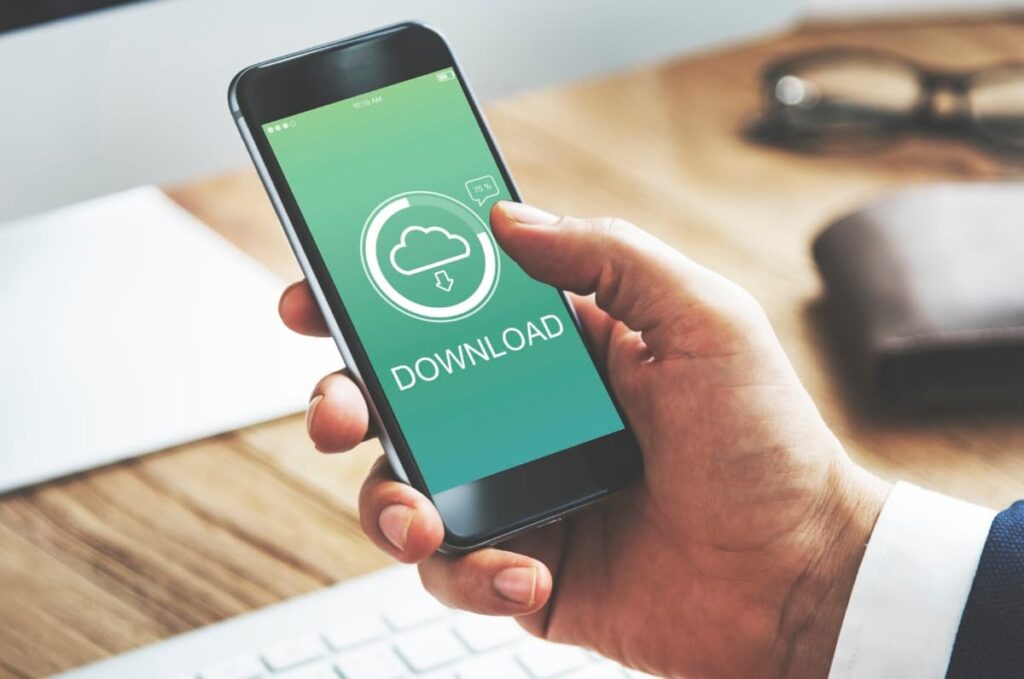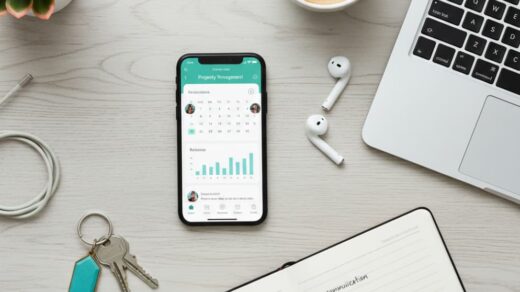Hey there! So you’ve updated an app and now it’s driving you crazy, right?
Maybe Instagram changed its interface again, or perhaps that productivity app you love just became a buggy mess after the latest update.
Don’t worry – you’re not alone in this frustration.
How to Download Older Versions of Apps on Android?

The good news? There’s a way to roll back to older versions of Android apps, and I’m going to walk you through exactly how to do it safely.
Also Check: How to Fix ‘App Not Installed’ Error on Android
Why Would Anyone Want an Older Version of an App?
Before we dive into the how-to stuff, let’s talk about why you might want to downgrade an app in the first place. Trust me, there are plenty of valid reasons!
Compatibility issues are probably the biggest culprit. Sometimes newer app versions simply don’t play nice with older Android devices.
You might find that your phone suddenly feels sluggish or the app keeps crashing after an update.
Then there are those annoying interface changes. We’ve all been there – you wake up one morning and suddenly your favorite app looks completely different.
Sometimes these “improvements” actually make things harder to use, especially if you’d gotten comfortable with the old layout.
New bugs are another common headache. Developers are human, and sometimes updates introduce problems that weren’t there before.
Maybe the app freezes when you try to do something specific, or certain features just stop working properly.
Some folks also prefer older features that got removed in newer versions. It’s frustrating when developers decide to “streamline” their app by removing functionality you used.
Important Risks and Precautions (Please Don’t Skip This!)
Okay, before we get to the fun stuff, we need to have a serious chat about safety. Downloading apps from outside the Google Play Store isn’t inherently dangerous, but it does come with some risks you should know about.
The biggest concern is malware and security vulnerabilities. When you download an APK file from a random website, you’re essentially trusting that site not to have tampered with the app. Some sketchy sites might inject malicious code into otherwise legitimate apps.
Outdated security patches are another issue. Older app versions might have security holes that developers have since fixed. If you’re rolling back to an older version, you’re potentially exposing yourself to these vulnerabilities.
Here’s how to protect yourself:
- Only use trusted sources like APKMirror, APKPure, or other well-established sites
- Never download APKs from suspicious websites or random forum posts
- Be extra careful with banking, payment, or social media apps – these handle sensitive data
- Consider using antivirus software to scan downloaded files
- Read user reviews and comments on the APK download page
The golden rule? If something feels sketchy, trust your gut and don’t proceed.
Step-by-Step Guide: How to Download and Install Older App Versions
Alright, let’s get down to business! I’m going to walk you through the entire process using APKMirror, which is widely considered one of the most trustworthy sources for Android APK files.
Step 1: Find Your App on APKMirror
First things first, head over to apkmirror.com on your phone or computer. You’ll see a clean, straightforward website with a search bar at the top.
Type in the name of the app you want to downgrade. Let’s say you’re looking for an older version of Instagram. Just search for “Instagram” and you’ll see the main app page.
Step 2: Browse Available Versions
This is where things get interesting! When you land on the app’s main page, you’ll see the latest version prominently displayed. But don’t click that – instead, scroll down to find the “All versions” section.
Here you’ll see a list of previous releases, usually organized by date. You can see version numbers, release dates, and sometimes even brief descriptions of what changed in each version.
Pick the version you want by considering:
- Release date – maybe you know the app worked fine a few months ago
- Version number – if you remember a specific version that worked well
- User comments – other people often mention if a particular version has issues
Step 3: Download the APK File
Once you’ve found your target version, click on it. You’ll be taken to a detailed page showing information about that specific release.
Look for the “Download APK” button (it’s usually pretty obvious). Click it, and the file will start downloading to your device.
Pro tip: If you’re doing this on your computer, you’ll need to transfer the file to your Android device afterward. You can use a USB cable, cloud storage, or even email it to yourself.
Step 4: Prepare Your Phone for Installation
Before you can install the APK, you need to allow your phone to install apps from sources other than the Play Store. Don’t worry – this isn’t as scary as it sounds!
Go to Settings > Security (or sometimes Settings > Privacy & Security depending on your Android version). Look for an option called “Unknown sources” or “Install unknown apps.”
On newer Android versions, you might need to permit specific apps (like your file manager or browser) to install APKs. The system will prompt you to do this when you try to install the APK file.
Step 5: Uninstall the Current Version
Here’s an important step that many people forget: you usually need to uninstall the current version of the app before installing an older one.
Go to your app drawer, find the app you want to downgrade, and either:
- Long-press the app icon and select “Uninstall”
- Go to Settings > Apps, find your app, and tap “Uninstall”
Don’t worry about losing your data – most apps sync your information to the cloud, so you should be able to sign back in and pick up where you left off.
Step 6: Install the Older Version
Now for the moment of truth! Navigate to your Downloads folder using your file manager app.
Find the APK file you downloaded (it’ll probably have a name like “Instagram-v25.0.0.apk” or something similar).
Tap on the APK file, and Android will ask if you want to install it. Hit “Install” and wait for the process to complete.
If this is your first time installing an APK, your phone might show some warning messages.
These are just Android’s way of making sure you know what you’re doing – they don’t necessarily mean anything is wrong.
Step 7: Prevent Automatic Updates
Last but definitely not least, you’ll want to stop the app from automatically updating back to the newer version.
Open the Google Play Store, search for your app, and you should see it listed as “installed.” Tap on it, then look for three dots (⋮) in the top-right corner. Tap that and uncheck “Enable auto update.”
Alternatively, you can disable auto-updates for all apps by going to Play Store > Settings > Auto-update apps and selecting “Don’t auto-update apps.”
Alternative Methods for Getting Older App Versions
While APKMirror is my go-to recommendation, there are a few other methods worth mentioning.
APKPure is another reputable site that works similarly to APKMirror. It has a clean interface and generally hosts safe files, though I still prefer APKMirror for its larger selection and better community moderation.
Third-party app stores like Amazon Appstore or Samsung Galaxy Store sometimes have different versions than what’s currently on Google Play. These are generally safe since they’re run by major companies, but their selection is usually more limited.
F-Droid is fantastic if you’re into open-source apps. It’s a repository of free and open-source Android apps, and you can often find older versions of apps that are available there.
Some people also use APK backup apps to save copies of their installed apps before updating.
Apps like Titanium Backup (requires root) or APK Extractor can help you create your library of app versions. This is more of an advanced technique, but it’s worth mentioning.
Just remember: Stick to well-known sources, and when in doubt, don’t download from sketchy websites that you’ve never heard of.
Frequently Asked Questions
Will I lose my app data when I downgrade?
Can I update the app normally after downgrading?
What if the older version doesn’t work on my newer Android version?
Is it illegal to download APK files?
Why doesn’t Google Play Store allow downgrades?
What if I can’t find the specific version I want?
Wrapping Things Up
There you have it – your complete guide to downloading and installing older versions of Android apps!
While it’s not something you’ll probably need to do often, it’s handy to know how to when that perfect app gets “improved” into something you can’t stand.
Remember, the key things are to stick to trusted sources like APKMirror, be thoughtful about which apps you downgrade (especially anything involving sensitive data), and don’t forget to disable auto-updates if you want to stay on your chosen version.
Technology is supposed to make our lives easier, not more frustrating. If rolling back to an older app version helps you get your workflow back on track, then you’ve made the right choice.
Stay safe out there, and happy app downgrading! Feel free to bookmark this guide – you never know when you might need it again after the next “revolutionary” app update.







